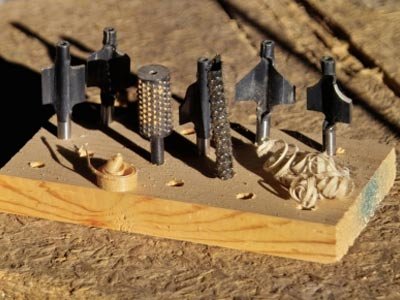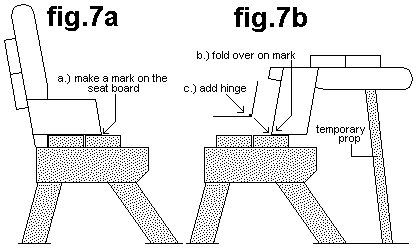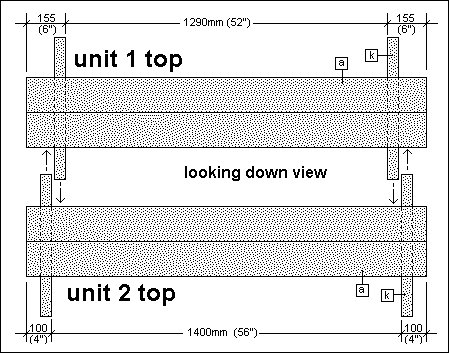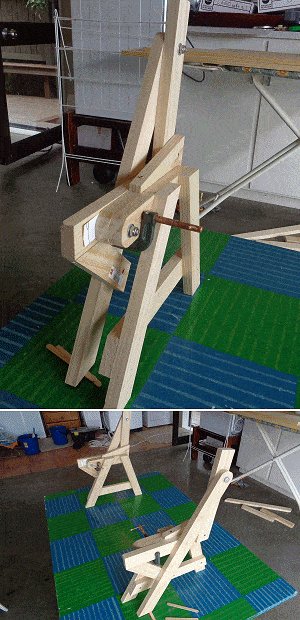Contents

Many modern routers come with variable speeds allowing operators to adjust the speeds as desired. This is crucial because different bits have different speed requirements to produce the best cuts safely. Most wood routers have a speed range of between 8000 rpm and 24000 rpm. The proper speed depends on the type of wood, and the type and size of the bit. Although manufacturers provide bit speeds on packages, this information is not always available.
Consequences of excessive speeds
Very high speed, especially on bits with a larger diameter, is potentially dangerous and puts excessive strain on the bit, especially on bits of less than 1 inch in size. This will cause the bit to be dull faster or even fail. High speed will also burn wood or cause burn marks on the workpiece. High speed hampers the cutting performance and causes the wood to tear out. A tiny imbalance on the wood router or the bit will appear more pronounced on the workpiece.
Consequences of slow speeds
A tool spinning at low speeds can cause vibrations and potentially damage the stock. Slow speeds lead to choppy, uneven, and ripped cuts.
The General Rule of Thumb on Bit Speed
Ideally, a bit of trial and error guide you get the speeds right. However, the general rule of thumb on bit speed is, “the larger the bit, the slower the speed.” According to the laws of physics, the outer edge of a bit with a large diameter moves much faster compared to that of a smaller bit at equal shaft speed. Holding this to account, the speed of a router should decrease proportionally to the diameter of the bit in use.
Modern bit manufacturers often provide a guide to the maximum speed for a given diameter of the bit. You should always consult the user guide that accompanied the router. An essential guide for all operators is the information on the documentation that accompanies the bit. The documentation of the given bit contains crucial details on setting the right speed for the bit. However, bit size influences the speed to be used. Bits 1 inch and below run at a maximum speed of 24000 rpm. Bit of 1 – 2 inches run best at around 18000 rpm, and bits of 2 – 2.5 inches run at about 16000 rpm. Bits with a diameter of 3 inches or bigger operate at 12000 rpm.
Below is a summary guide to the maximum speed for operating with individual diameter bits.
| Bit Diameter | Maximum Speed |
| < 1 inch | 24 000 rpm |
| 1 – 2 inches | 18 000 rpm |
| 2 – 2.5 inches | 16 000 rpm |
| 2.5 – 3.5 inches | 12 000 rpm |
Several factors, other than the bit size, also determine the speeds. They include horsepower of the router in use, the material being worked upon, and the feed rate of the material. Balance the router speed and the feed speed to attain the best possible cuts. The condition (sharpness) and quality of the bit are also crucial in determining the speed.
Other Important considerations
For the safety and perfection of final work, make sure to mount the bit appropriately in the router. Make sure the bit inserts entirely into the collect. Proceed to pull out the bit slightly so that the bit does not bottom out of the collect. Always shun doing freehand routing when dealing with high profile bits. For safety purposes, prefer to use large profile bits in a router table top at suitable speeds. For enhanced safety, use bits that are in excellent condition; inspect and replace bits with signs of wear.
The Exception with Fixed Speed Routers
Fixed speed routers have one speed nearing the top rpm range. This implies they are only suitable and safe for running bits with small diameters. Do not use large diameter bits on the fixed speed routers.








